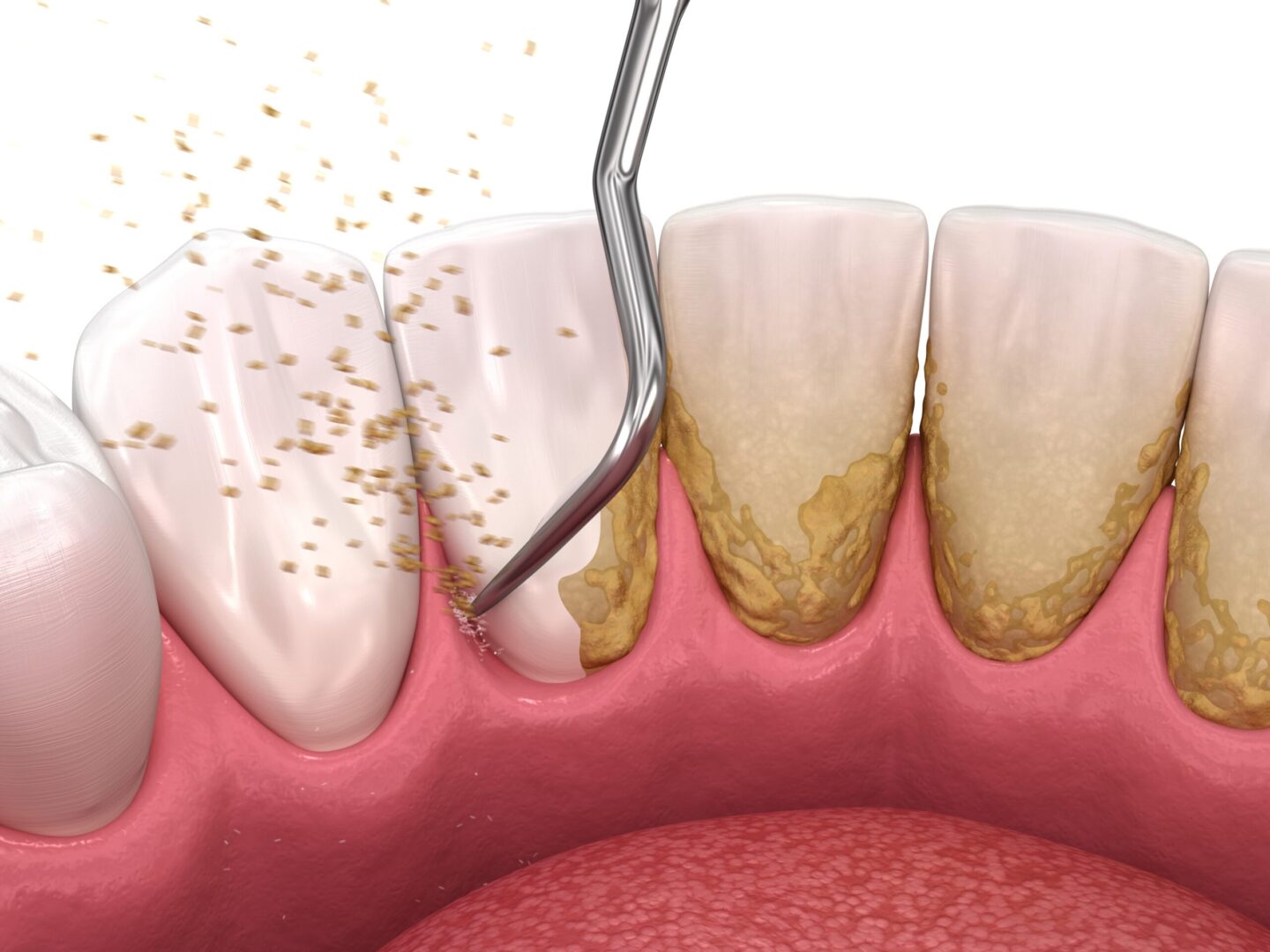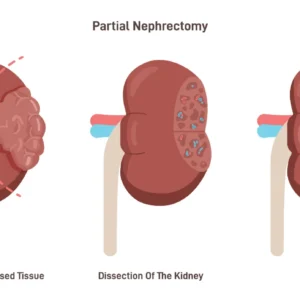Description
Familiarity with Treatment
An implant-supported bridge is a dental restoration that replaces multiple missing teeth. It is supported by dental implants, which are surgically placed into the jawbone to provide a stable foundation for the bridge. This type of bridge offers a durable and natural-looking solution for restoring the function and aesthetics of the smile.
Procedure
The procedure for getting an implant-supported bridge typically involves the following steps:
- Evaluation and Planning: A comprehensive dental examination, including X-rays and 3-D imaging, is performed to assess the condition of the jawbone and surrounding structures. The number of implants required and the bone density are evaluated to determine the feasibility of the procedure.
- Implant Placement: Dental implants are surgically placed into the jawbone. The number and location of the implants depend on the size and location of the gap to be filled by the bridge.
- Healing Period: After implant placement, a healing period is necessary to allow the implants to integrate with the jawbone (osseointegration). This process may take several months.
- Bridge Fabrication: Once the implants have integrated, impressions are taken to create a custom-made bridge that will be attached to the implants.
- Bridge Attachment: The implant-supported bridge is securely attached to the dental implants, providing a stable and functional restoration for the missing teeth.
Who is it Suitable For?
An implant-supported bridge is suitable for individuals who have multiple missing teeth and have adequate bone volume and density to support dental implants. It is an excellent option for those seeking a stable and long-lasting solution for tooth replacement.
Who is it Not Suitable For?
An implant-supported bridge may not be suitable for individuals with inadequate bone volume or density to support dental implants. Additionally, individuals with certain medical conditions or lifestyle factors that may affect the success of dental implant surgery should consult with a dental professional to determine their suitability for this treatment.
Advantages
- Stability and Durability: Implant-supported bridges offer exceptional stability and durability, functioning similarly to natural teeth.
- Preservation of Bone: Dental implants help preserve the jawbone by providing stimulation, which can prevent bone loss that often occurs with missing teeth.
- Natural Appearance and Function: Implant-supported bridges closely mimic the look, feel, and function of natural teeth, providing a comfortable and aesthetically pleasing restoration.
Complications
- Surgical Risks: As with any surgical procedure, there are inherent risks associated with dental implant surgery, such as infection, bleeding, or damage to surrounding structures.
- Osseointegration Issues: In some cases, the implants may not successfully integrate with the jawbone, leading to implant failure.
- Prosthetic Complications: Complications related to the bridge itself, such as loosening or damage to the prosthetic components, may occur over time.
Preoperative Care
Preoperative care for an implant-supported bridge involves a thorough evaluation of the patient’s oral health, bone density, and overall medical history. Diagnostic imaging, such as X-rays and 3-D scans, is essential for proper treatment planning.
Postoperative Care
Following the placement of an implant-supported bridge, individuals should carefully follow all post-operative instructions provided by the dental professional. This may include guidelines for oral hygiene, dietary restrictions, and the use of any prescribed medications. Regular follow-up appointments are important to monitor the healing process and the long-term success of the implant-supported bridge.
An implant-supported bridge is a highly effective and stable solution for replacing multiple missing teeth. It offers numerous advantages, including stability, durability, and a natural appearance. Thorough preoperative and postoperative care, along with regular dental visits, are essential for the success and longevity of an implant-supported bridge.






Reviews
There are no reviews yet.